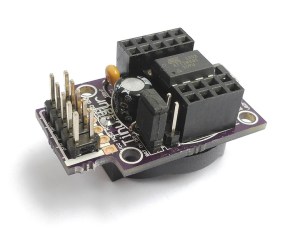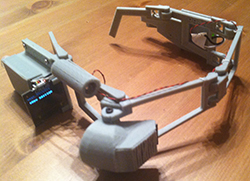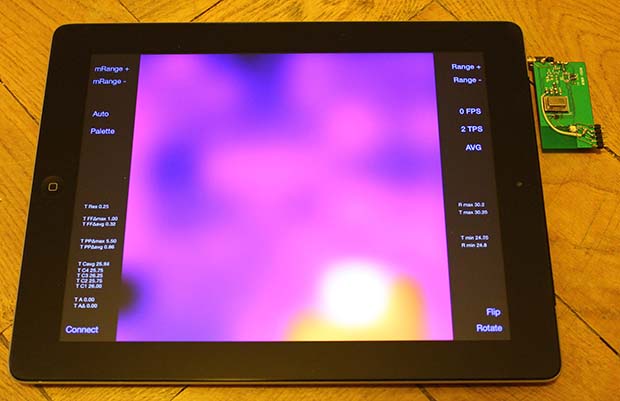Hey! It’s time for another round of Astronaut or Astronot, where we try to give away a jumbo power supply to someone on hackaday.io if they have voted in the most recent community voting round.
Before I get around to telling you who won, we need to go over the criticism of the current voting scheme. There’s a lot of valid criticism out there about how the algorithm that presents projects to the voting page is broken. Yes, it weights projects so some are seen more often than others. And yes, it can be frustrating. However, the results of the voting have no bearing on The Hackaday Prize (the space thing), and the purpose of the entire community voting is to get people looking at the projects, give away t-shirts to the project creators and 3D printers, o-scopes, and power supplies to random people who have voted. We listened to your suggestions and we’re tweaking the algorithm that presents projects for the next round of voting. That starts Monday, we’re doing the drawing on Wednesday, and votes don’t carry over from round to round.
With that out of the way, it’s time to do the whole ‘pick a random person on hackaday.io and see if they voted’ thing. For this week’s lottery, I chose five random people on the site, hoping I wouldn’t go through all of them before giving away a nice bench power supply. The first person, [in3rtial], didn’t vote. You just lost out on a really cool prize there, man.
The second person randomly selected was [tyler]. He voted a total of six times this round. I voted fifty times, but we’re not picky. That means he wins a nice power supply. Everyone go congratulate him for living somewhere that’s cheap to ship a power supply to.
That’s it for this round of Astronaut or Astronot. We’ll have a new round of voting up on Monday. For a change of pace (and because we’re going to be at DEFCON at this time next week), we’re going to do the drawing on Wednesday nevermind, we’re totally doing the drawing from DEFCON. Oh, and if you haven’t, you might want to submit a project to The Hackaday Prize. There’s still time, and your odds of winning something are really, really good.

 [Neven Boyanov] says there’s nothing special about
[Neven Boyanov] says there’s nothing special about  For [Tony]’s entry for The Hackaday Prize,
For [Tony]’s entry for The Hackaday Prize, 

 We have a new round of
We have a new round of 








